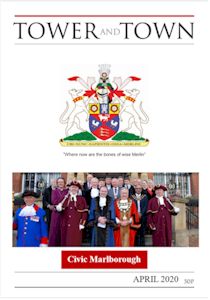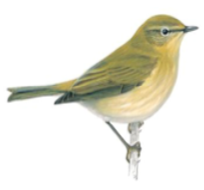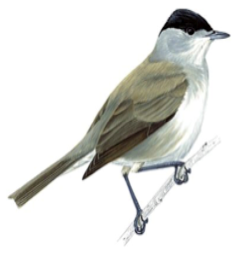

Tower and Town, April 2020 (view the full edition) (view the full edition)Signs Of SpringIt is reassuring that, despite concerns about Coronavirus and flooding, the seasons roll on and our spirits will be lifted by the succession of natural events which herald the arrival of Spring. Thanks to climate change, some plants emerge from their winter senescence far earlier than they used to; snowdrops before the turn of the year and hazel catkins waggling on the wind in the early days of January. By the end of February, cherry plum blossom is abundant, goat willow buds are bursting and blackthorn flowers are on the cusp of throwing a white blanket over the hedgerows. For birdwatchers, confirmation that winter is nearly over is the joyous sound, usually in mid to late March, of the first chiffchaffs to make landfall after their epic migration from Africa. "Chiff-chaff, chiff-chaff, chiff-chaff" - the onomatopoeic call, unlike the bird itself, is hard to miss. Luckily, their arrival precedes the leafing of the trees; if you are patient, you'll eventually spot a tiny, nondescript little bird flitting around in the willows, birches or alders. A restless creature, keen to fuel up after a journey of thousands of miles, it doesn't settle for long and seems determined to make the most of the food available before the deluge of other migrants. By April, the woods resonate with birdsong as courtship calls attract mates or defend territories. Everyone will have their favourite; possibly the languid notes of the blackbird or the bold, bell-like clarity of the song thrush, always repeating several units of its beautiful song. Listen too for the blackcap, common in scrubby areas along the Kennet valley. The rich, liquid warbling is unrivalled and a fleeting glimpse of the sooty-black skullcap of the male, or chocolate-brown equivalent in the female, is really rewarding.  Chiffchaff  Male Blackcap Seán Dempster |